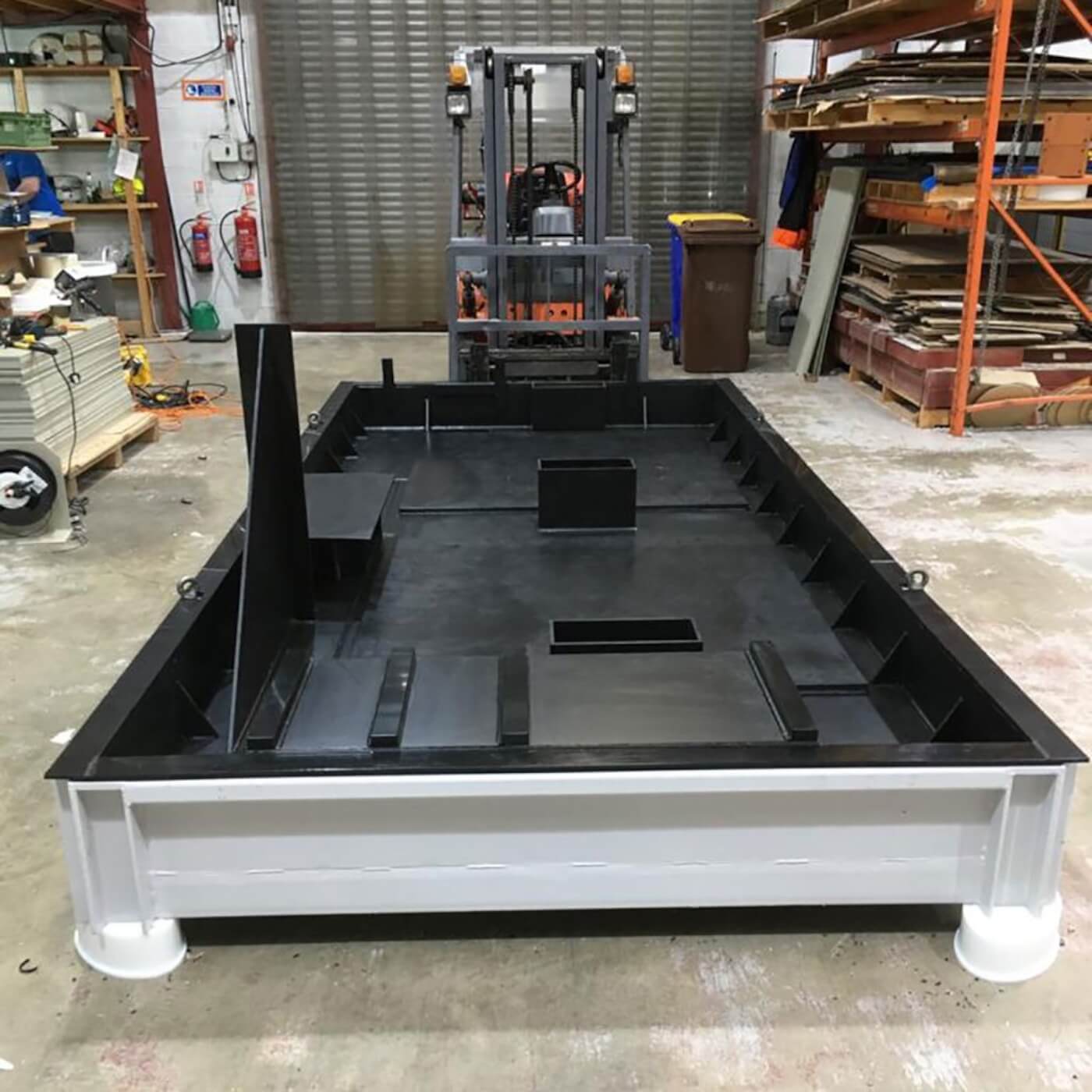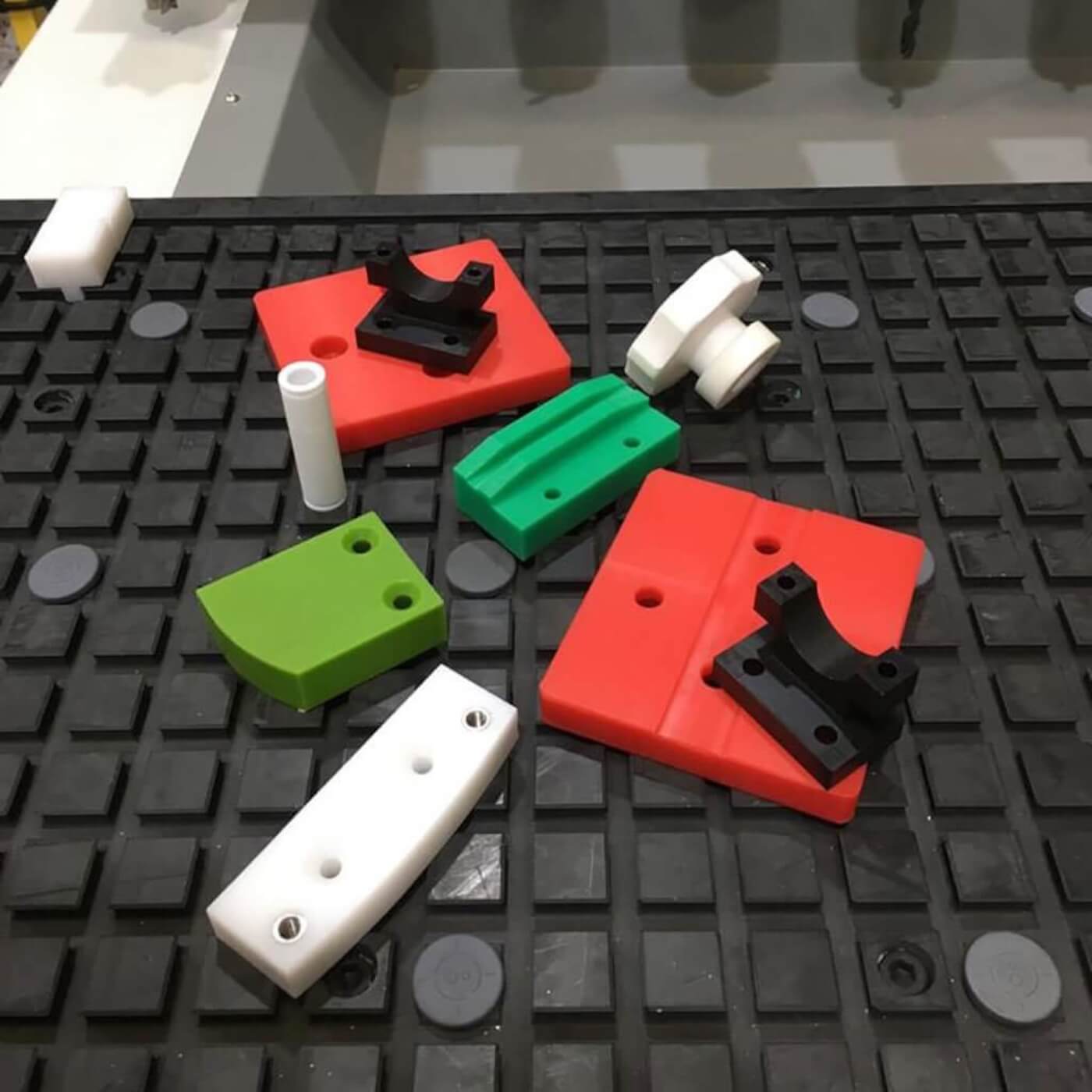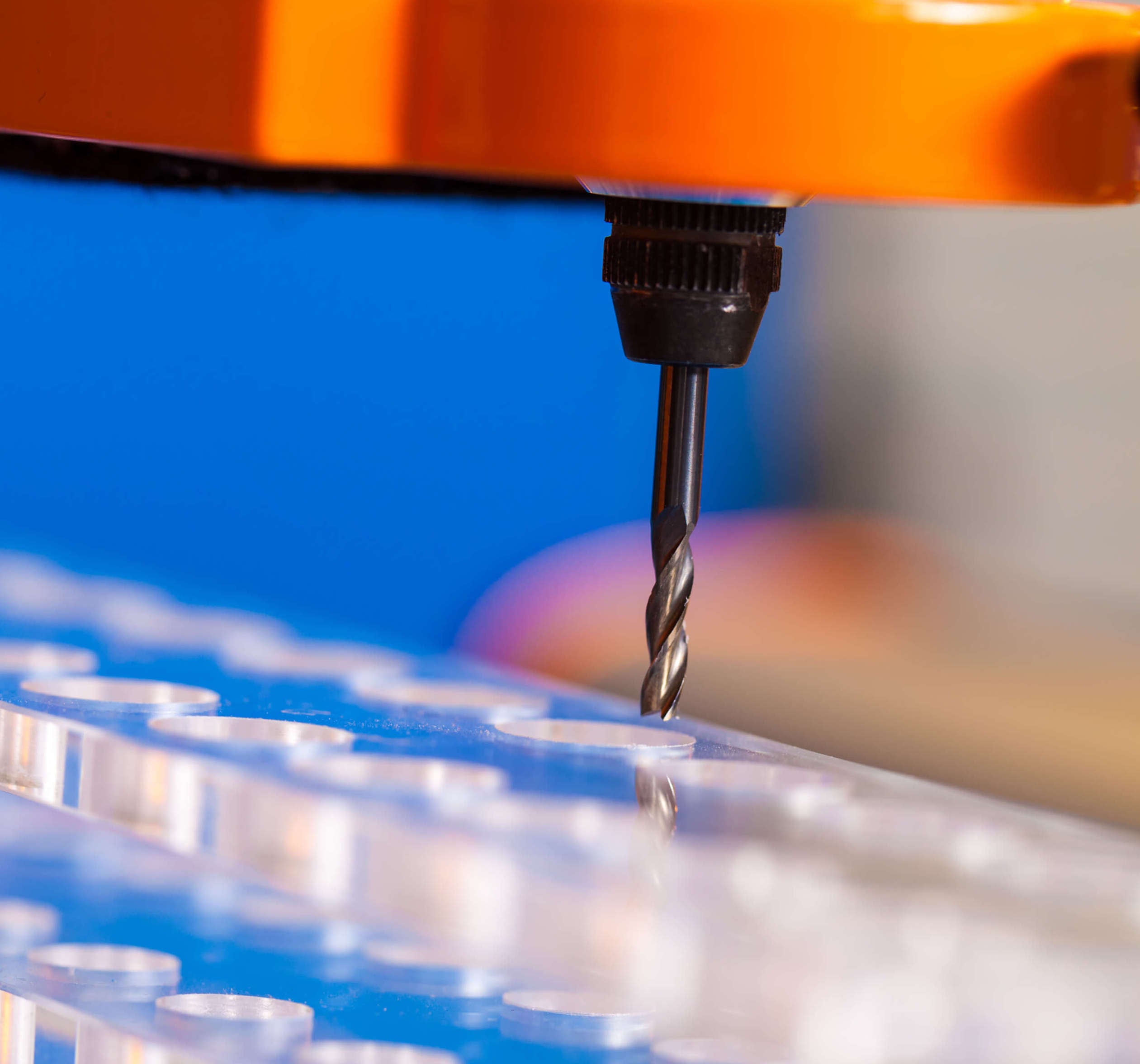Plastic machining is a vital process in manufacturing, allowing for the creation of precise components and products from various types of plastic materials. From intricate prototypes to large-scale production runs, plastic machining encompasses a range of techniques and machinery. In this article, we delve into the types of machinery used in plastic machining, the techniques involved, and the advantages it offers to industries.
Types of Machining: Manual Machining and CNC Machining.
Plastic machining can be carried out using both manual and computer numerical control (CNC) machinery. Each type of machinery offers its own set of advantages and is chosen based on factors such as complexity of the part, volume of production, and precision requirements.
1. Manual Machining:
Manual machining involves the use of conventional tools such as lathes, milling machines, and drills operated by skilled machinists. While manual machining offers flexibility and can be cost-effective for small-scale production or prototyping, it requires significant skill and expertise to achieve precise results. Machinists rely on their experience and knowledge to manipulate the tools and produce accurate cuts and shapes.
2. CNC Machining:
CNC machining, on the other hand, utilises computer-controlled machinery to automate the manufacturing process. CNC routers, mills, lathes, and grinders are programmed to execute precise cuts and movements according to digital designs. This level of automation allows for high repeatability, accuracy, and efficiency, making it ideal for large-scale production and complex geometries. CNC machining also reduces the reliance on skilled labor, as the programming of the machine controls the cutting process.
Techniques in Plastic Machining
Plastic machining encompasses various techniques depending on the desired outcome and the properties of the plastic material being used. Some common techniques include:
1. Milling: Milling involves removing material from a workpiece using rotary cutters. It is suitable for creating flat surfaces, slots, pockets, and complex contours in plastics.
2. Turning: Turning is the process of rotating a workpiece on a lathe while a cutting tool removes material to create cylindrical shapes, such as rods, shafts, and discs.
3. Drilling: Drilling is used to create holes in plastic components using drill bits. It is a fundamental machining operation essential for assembly and fastening.
4. Routing: Routing involves cutting profiles and shapes in plastic sheets or blocks using a rotating cutter in a CNC router. It is commonly used in signage, displays, and furniture manufacturing.
5. Grinding: Grinding is employed to achieve precise surface finishes and tight tolerances in plastic components. It utilises abrasive wheels to remove material and improve dimensional accuracy.
Advantages of Plastic Machining
Plastic machining offers several advantages that make it a preferred manufacturing method for a wide range of industries:
1. Versatility: Plastic machining can accommodate various types of plastics, including thermoplastics and thermosets, with different properties and characteristics. This versatility allows for the production of parts with diverse functionalities and applications.
2. Precision: Whether using manual or CNC machinery, plastic machining enables high precision and tight tolerances, ensuring that components meet exact specifications and quality standards.
3. Cost-Effectiveness: While CNC machining may involve higher initial setup costs, it offers significant cost savings in large-scale production through automation, reduced scrap rates, and shorter lead times.
4. Customisation: Plastic machining allows for customisation and rapid prototyping, enabling manufacturers to quickly iterate designs and produce tailored solutions for specific requirements.
5. Material Conservation: Machining processes generate less waste compared to other manufacturing methods such as injection moulding, as only the necessary material is removed to create the desired shape.
Conclusion
Plastic machining is a versatile and precise manufacturing process that relies on a variety of machinery and techniques to produce high-quality plastic components and products. Whether employing manual or CNC machinery, manufacturers can benefit from the flexibility, precision, and cost-effectiveness of plastic machining across various industries, including automotive, aerospace, electronics, and healthcare. By understanding the different types of machinery, techniques, and advantages of plastic machining, businesses can optimise their manufacturing processes and stay competitive in today's dynamic market.





Leave a comment
This site is protected by reCAPTCHA and the Google Privacy Policy and Terms of Service apply.